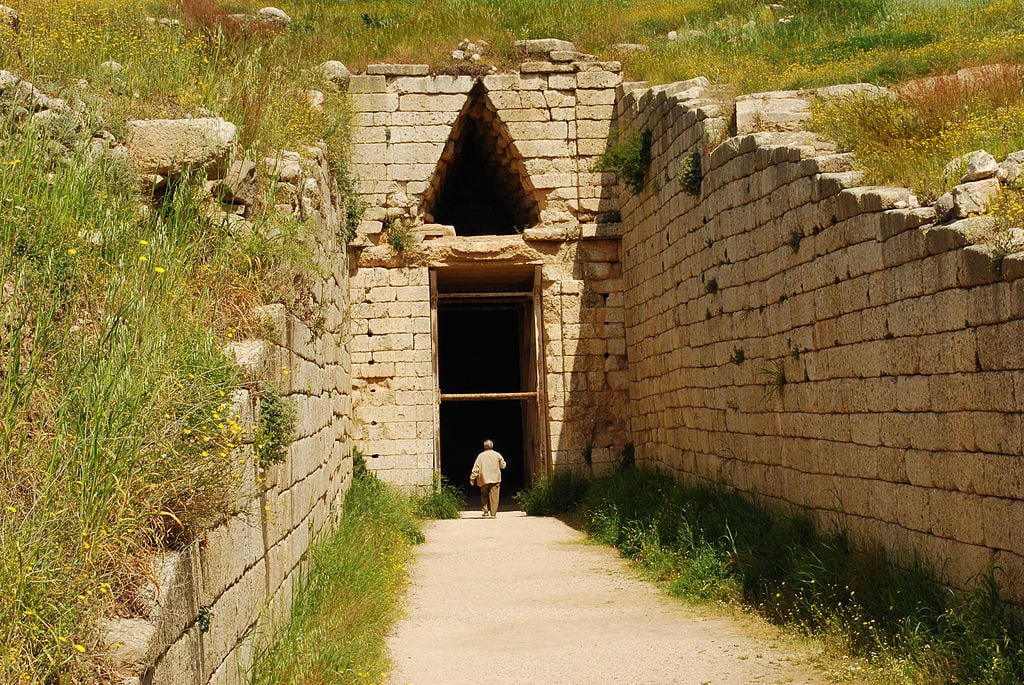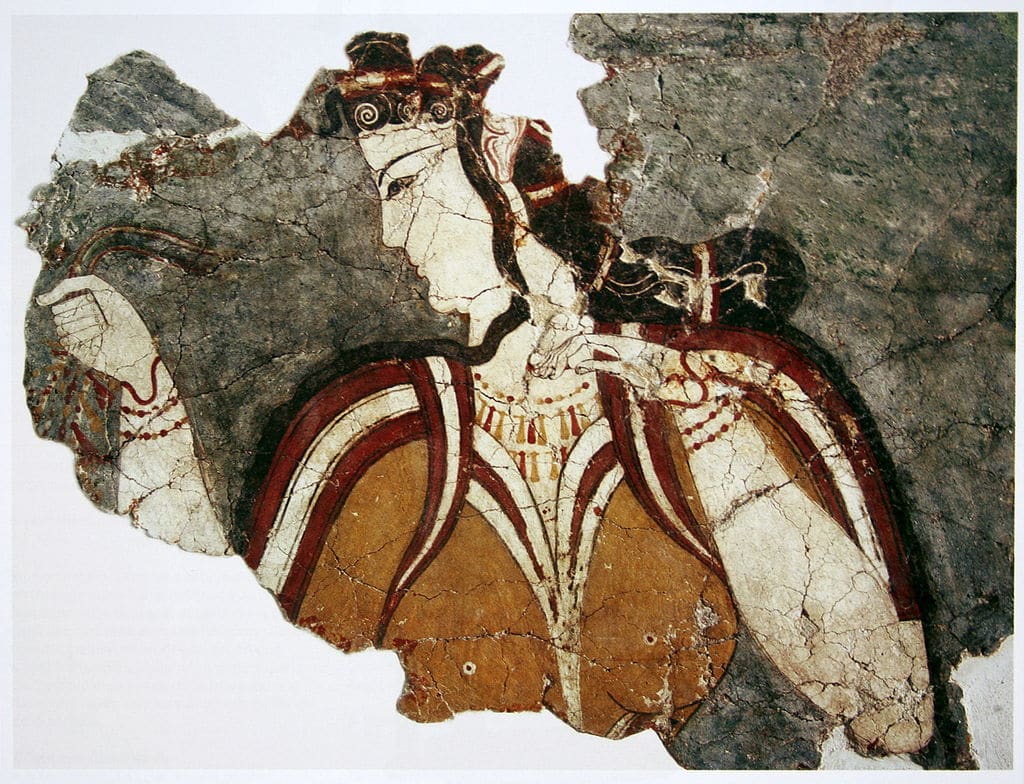
DNA evidence proves that Greeks are indeed descendants of the Mycenaeans, who ruled mainland Greece and the Aegean Sea from 1,600 BC to 1,200 BC.
The evidence comes from a well-publicized 2017 study in which scientists analyzed the genes from the teeth of nineteen people across various archaeological sites within mainland Greece and Crete.
Those included ten Minoans from Crete dating from 2900 BC to 1700 BC, four Mycenaeans from the archaeological site at Mycenae and other cemeteries on the Greek mainland dating from 1700 BC to 1200 BC., and five people from other early farming or Bronze Age (5400 BC. to 1340 BC) cultures in Greece and Turkey.
The landmark study demonstrated that around 75-80 percent of the DNA of Mycenaeans is shared with the earlier Minoans, and that modern Greeks carry 70-80 percent of the same DNA as Mycenaeans.
By comparing 1.2 million letters of genetic code, the researchers, who published their study in the journal, Nature, were able to plot how the individuals were related to each other.
While the main genetic ancestry of modern Greeks is linked to the Mycenaeans, there have also been contributions from other populations throughout history, such as during the Roman, Byzantine, Slavic, and Ottoman periods. However, these influences do not appear to have dramatically altered the primary genetic signature inherited from the Mycenaean ancestors.
DNA overlap was discovered between modern Greeks and Mycenaeans
After comparing the DNA of modern Greeks to ancient Mycenaeans, a genetic overlap was discovered that suggests that these ancient Bronze Age civilizations laid the genetic groundwork for later peoples.
The continuity between the Mycenaeans and living people is “particularly striking given that the Aegean has been a crossroads of civilizations for thousands of years,” said co-author George Stamatoyannopoulos of the University of Washington in Seattle.
This suggests that the major components of the Greeks’ ancestry were already in place in the Bronze Age after the migration of the earliest farmers from Anatolia set the template for the genetic makeup of Greeks and, in fact, most Europeans.
“The spread of farming populations was the decisive moment when the major elements of the Greek population were already provided,” says archaeologist Colin Renfrew of the University of Cambridge in the United Kingdom, who was not involved in the work.

Links between Minoans and Mycenaeans also found
One aspect that was revealed in the study was how the Mycenaeans themselves were closely related to the Minoan civilization, which flourished on the island of Crete from 2,000 BC to 1,400 BC.
Both cultures were shown to carry genes for brown hair and brown eyes, characteristics that are reflected on their frescoes and pottery despite having different languages.
The ancient Mycenaeans and Minoans were most closely related to each other, and they both got three-quarters of their DNA from early farmers who lived in Greece and southwestern Anatolia, which is now part of Turkey, the team reports today in Nature.
Both cultures additionally inherited DNA from people from the eastern Caucasus near modern-day Iran, suggesting an early migration of people from the east after the early farmers settled there but before Mycenaeans split from Minoans.
The Mycenaeans did have an important difference: They had some DNA—4 percent to 16 percent—from northern ancestors who came from Eastern Europe or Siberia.
According to Harvard population geneticist Iosif Lazaridis, any difference between the two civilizations suggests that a second wave of people came to mainland Greece from Eastern Europe but were unable to reach the island of Crete. In time they became known as the Mycenaeans.
Swedish Archaeologist Kristian Kristiansen at the University of Gothenburg commented on the significance of the study recently, saying that “The results have now opened up the next chapter in the genetic history of western Eurasia—and that of the Bronze Age Mediterranean.”



